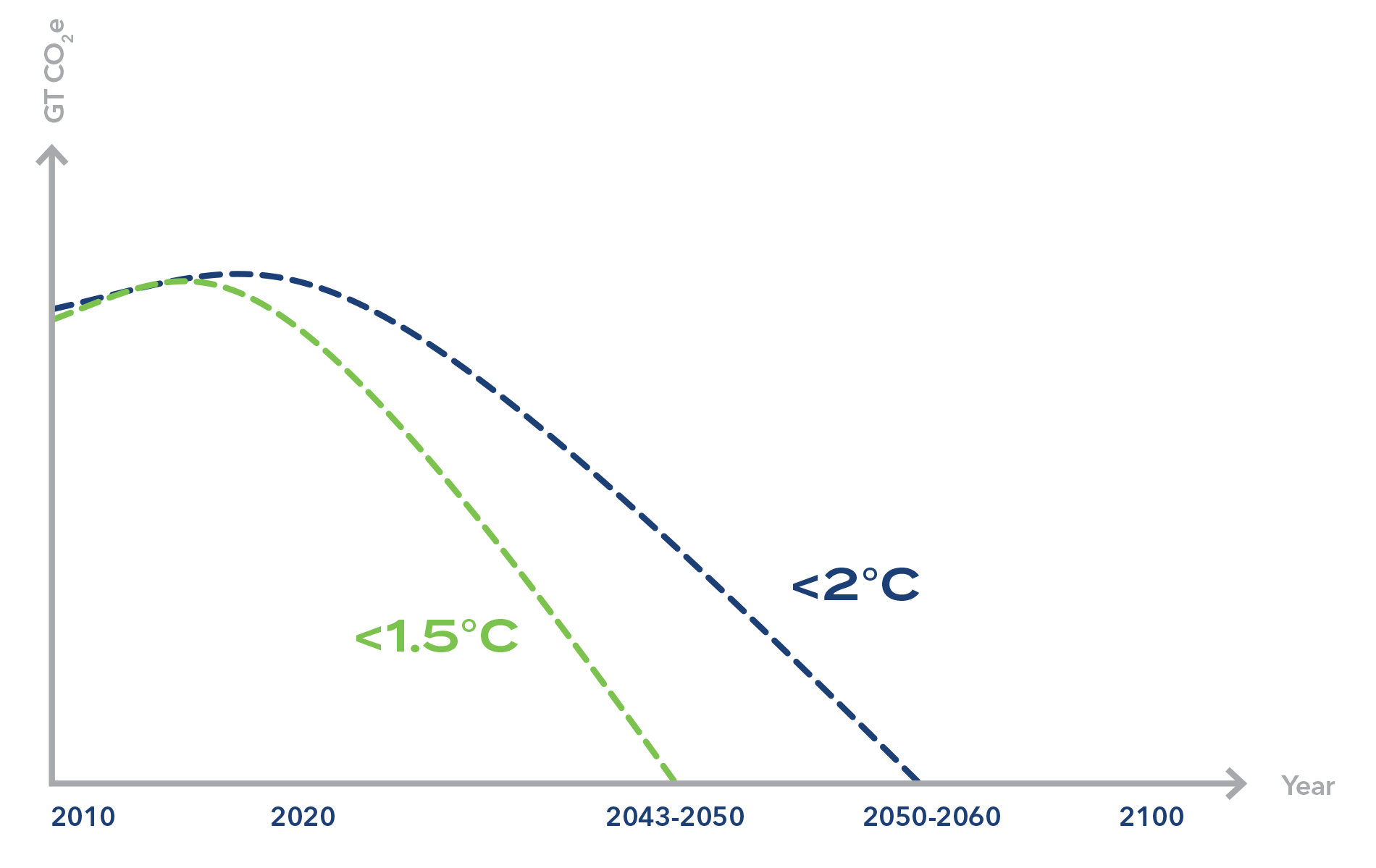SBTi and GHG protocol at a glance
More than 2,200 organisations have committed to the SBTi, with over 1000 companies having approved targets. As of 2021, one-third of global market capitalisation was covered by SBTi companies
〰️
More than 2,200 organisations have committed to the SBTi, with over 1000 companies having approved targets. As of 2021, one-third of global market capitalisation was covered by SBTi companies 〰️
Greenhouse emissions need to halve by 2030 (IPCC) and reach net-zero by 2050 to avoid the worst effects of climate change. Companies worldwide have joined the race to net-zero. However, robust accounting methods and reporting programs are required to ensure that reductions are meaningful and based on the best available science.
The Greenhouse Gas (GHG) Protocol
The GHG Protocol is the world’s most widely used set of standards for GHG accounting. Developed by the World Resources Institute and the World Business Council for Sustainable development, the GHG protocol establishes comprehensive frameworks for measuring and managing GHG emissions throughout the value chain.
The standards provide accounting resources for reporting emissions from companies, cities, NGOs, policy actions, specific industries and individual products. The GHG protocol is so widely used that the Corporate Accounting and Reporting Standard, in specific, provides the accounting basis for essentially every corporate GHG reporting program in the world.
In a Well Below 2°C scenario emissions decrease less quickly. In a 1.5°C scenario, global net emissions reach zero earlier than a 2°C scenario. BioMar is the first global aquafeed supplier to commit to the 1.5°C pathway.
Science Based Targets Initiative (SBTi)
The SBTi is a program for driving ambitious GHG reductions in the private sector by enabling companies to set and validate science-based climate targets. The framework for target-setting is continually being adapted to meet the latest climate science and urgency to reduce. An SBTi standard and set of criteria are used to ensure that corporate targets align with the reductions needed to reach net-zero no later than 2050.
More than 2,200 organizations have committed to the SBTi, with over 1000 companies having approved targets. As of 2021, one-third of global market capitalization was covered by SBTi companies.
The SBTi differentiates targets for i) scope 1 and 2 emissions and ii) scope 3 emissions. Scope 1 and 2 targets must follow a 1.5 deg C trajectory, which requires 4.2% year-on-year reductions. Near-term scope 3 targets must, at a minimum, be aligned with the level of decarbonization required to keep global temperature increase well-below 2 deg C compared to pre-industrial temperatures. However, the long-term scope three targets must align with a net-zero no later than the 2050 pathway. If a company’s relevant scope three emissions are 40% or more of total scope 1, 2, and 3 emissions, a scope three target is required.

